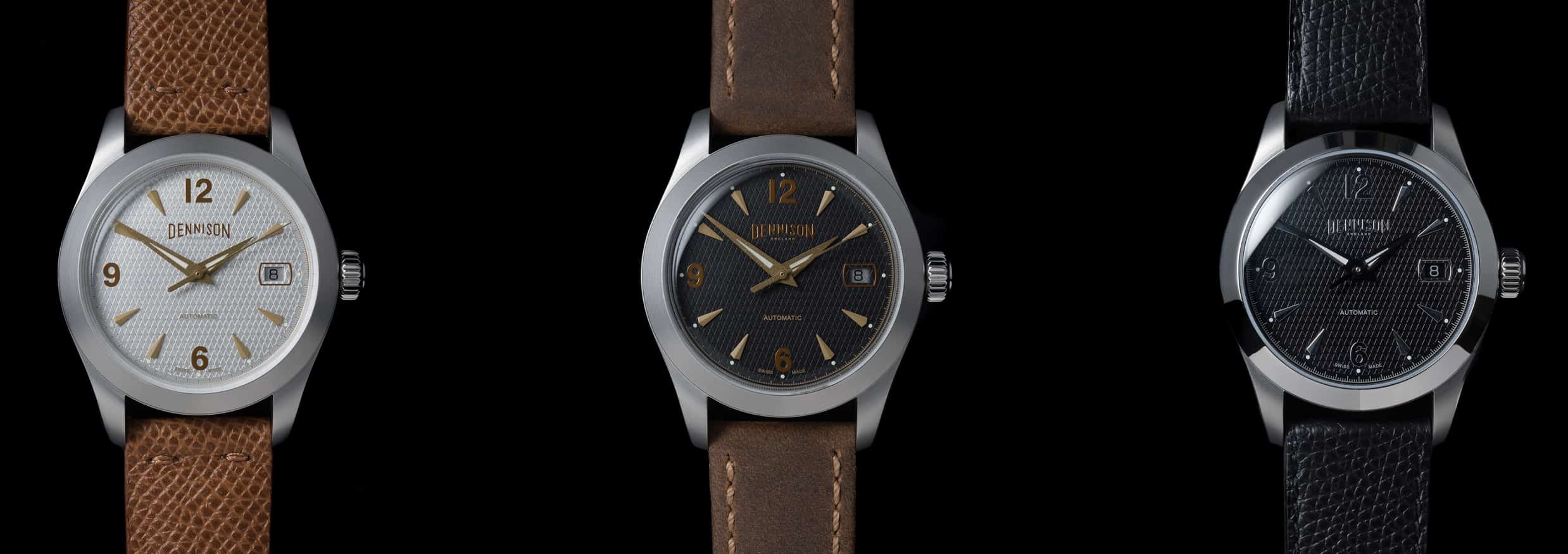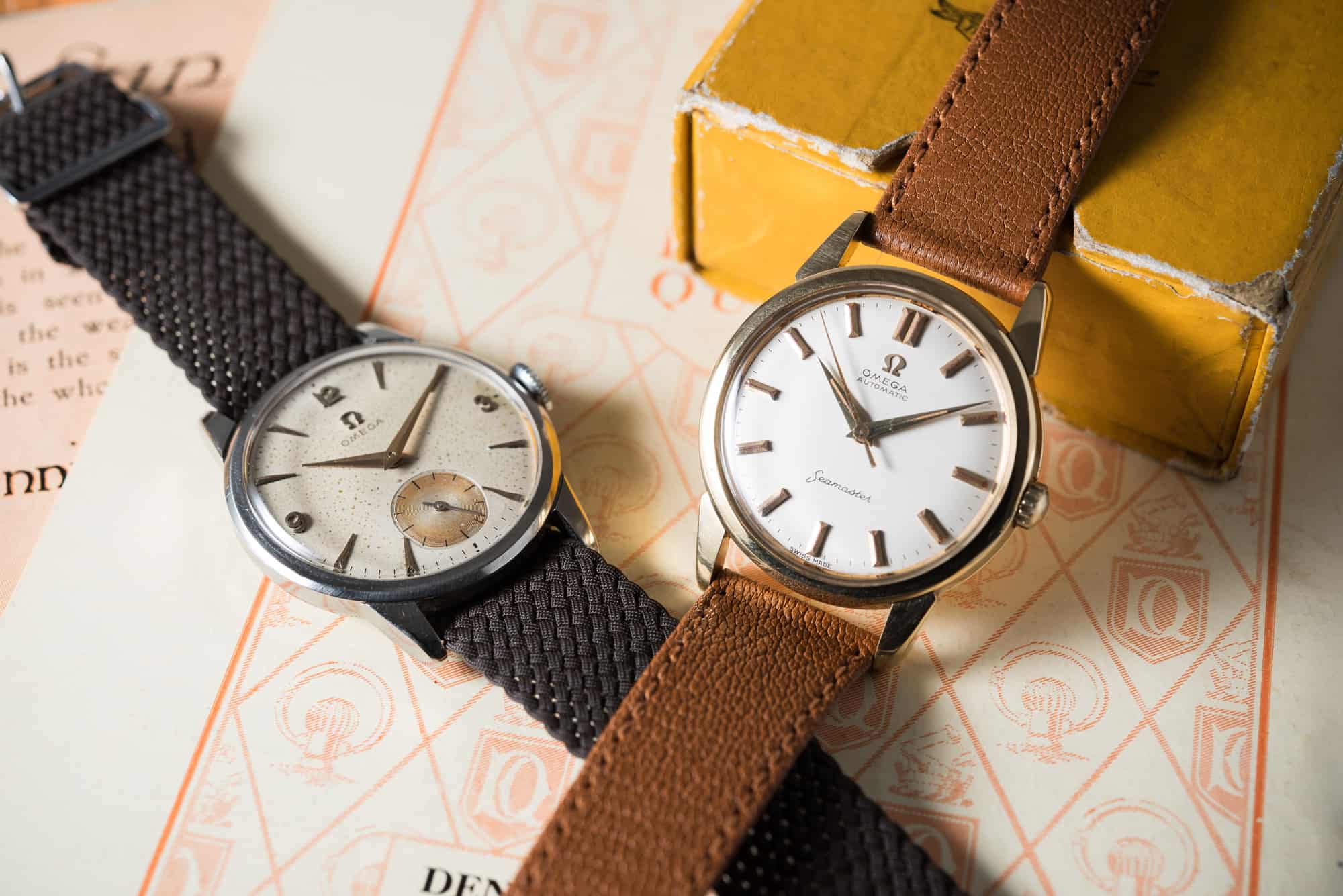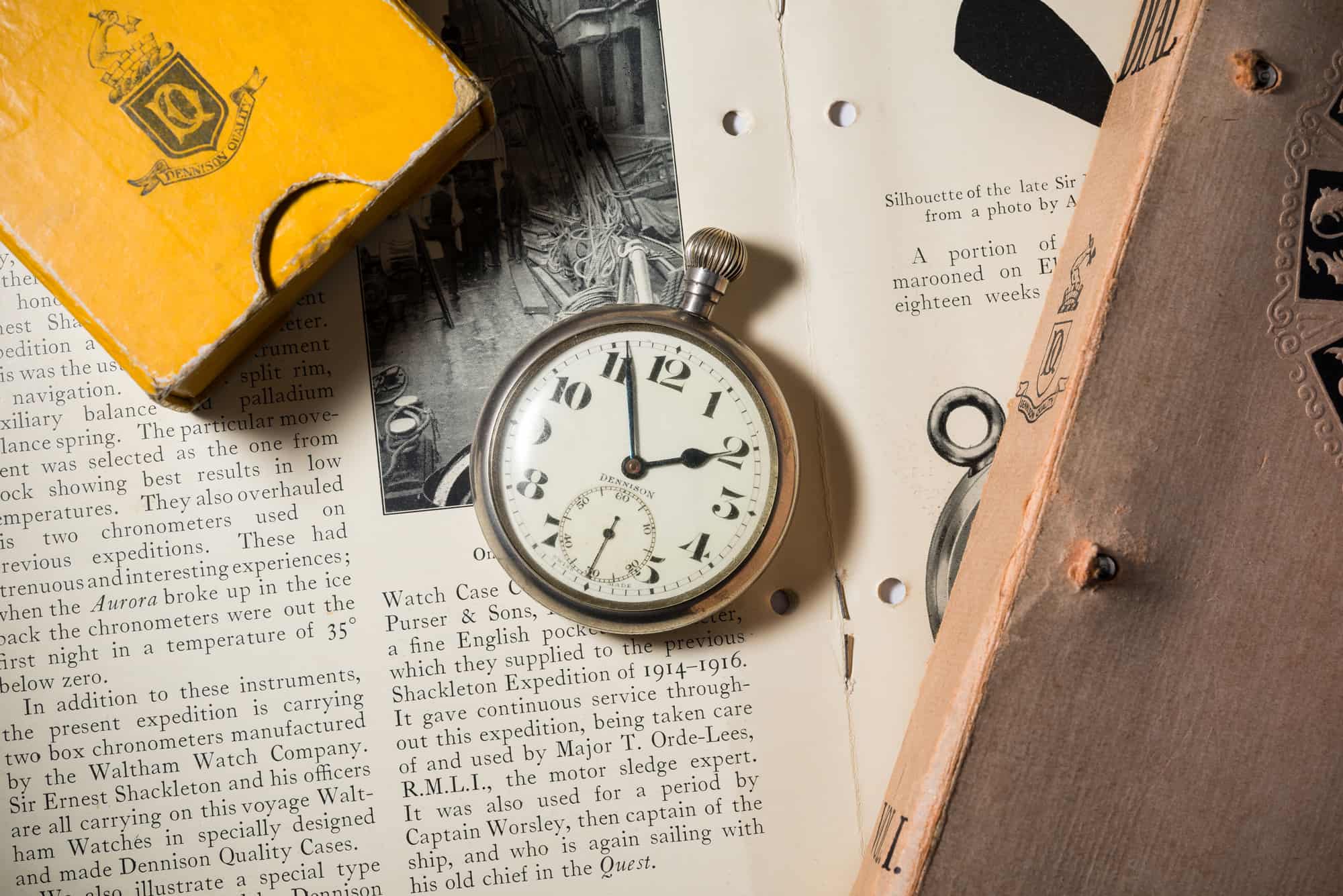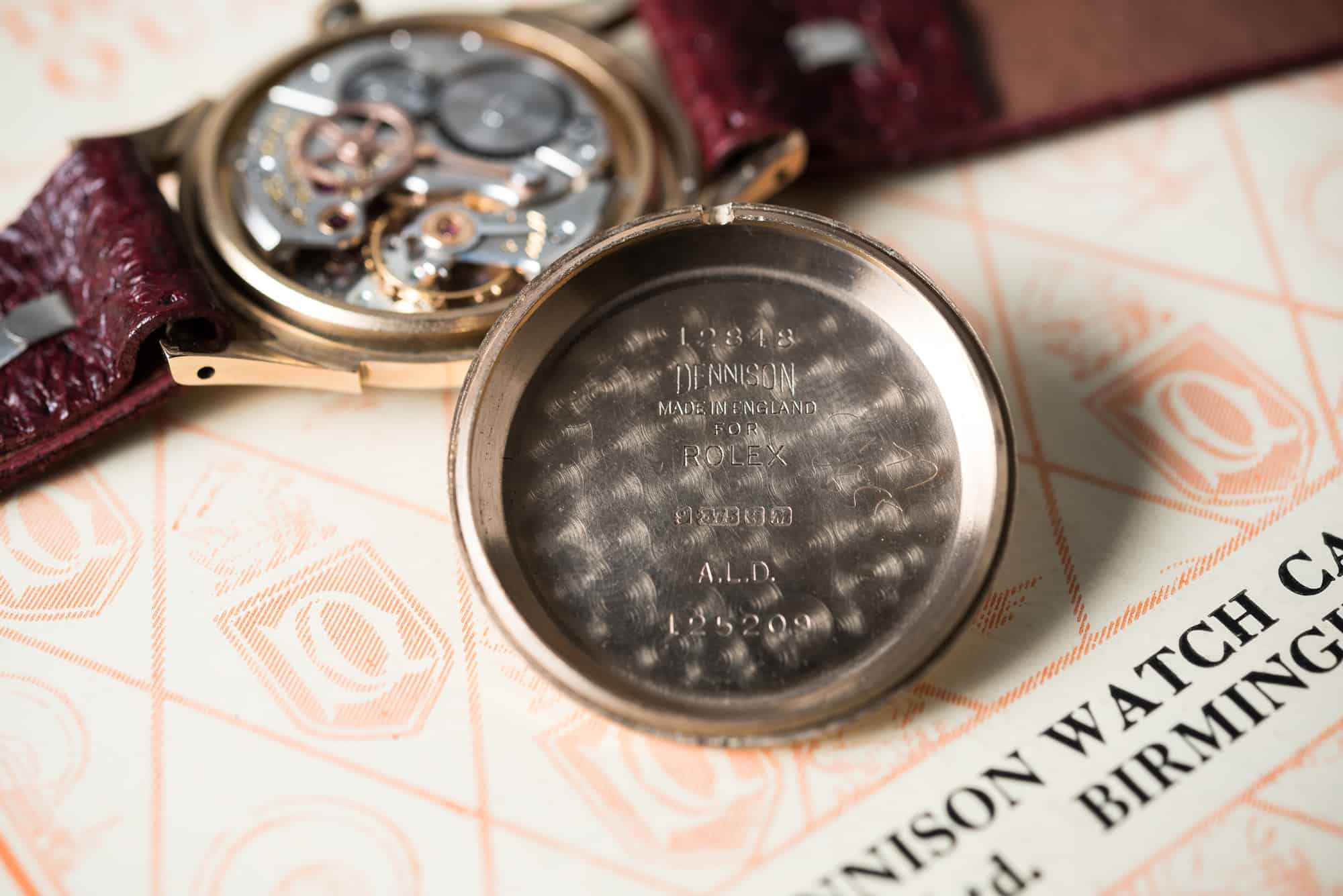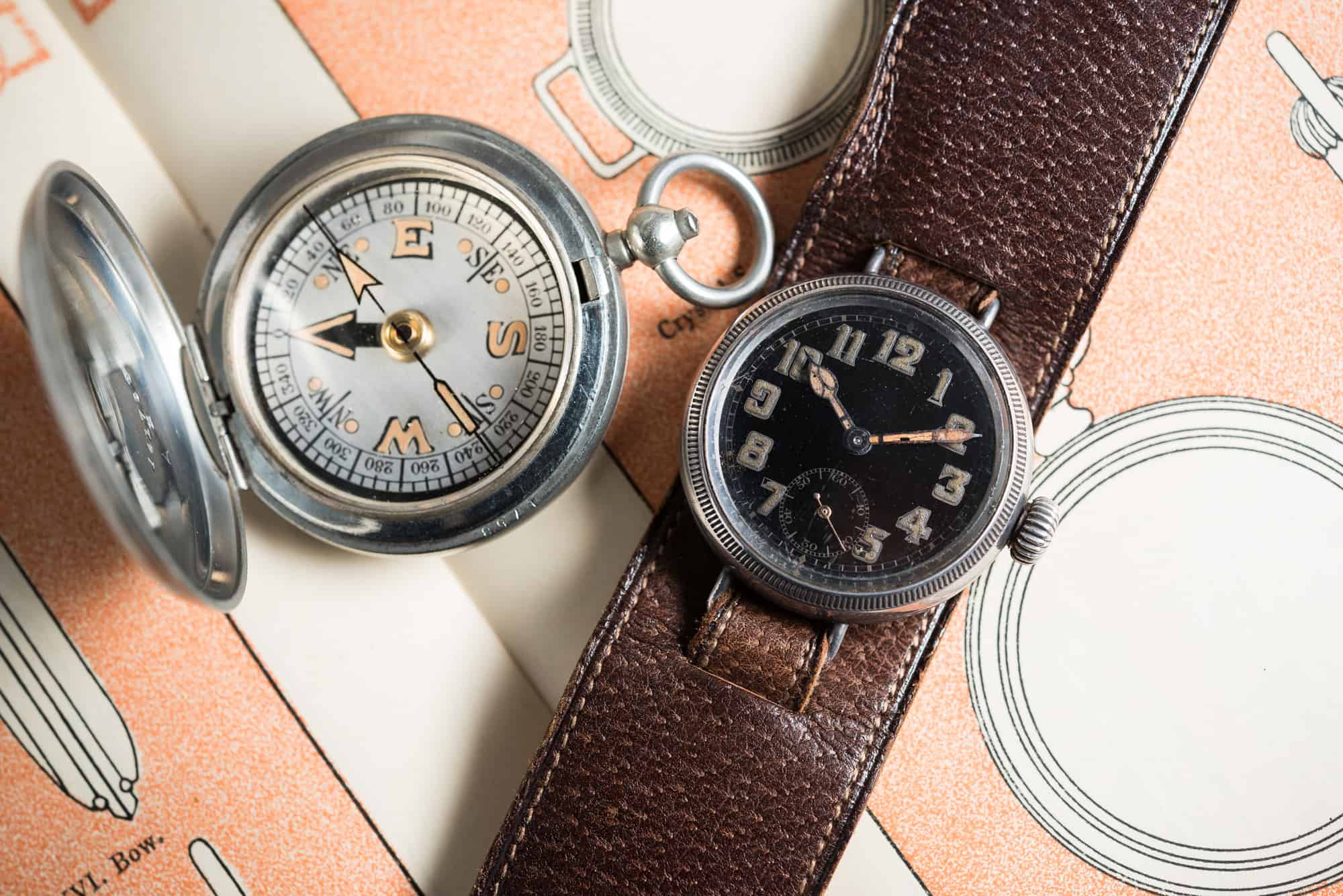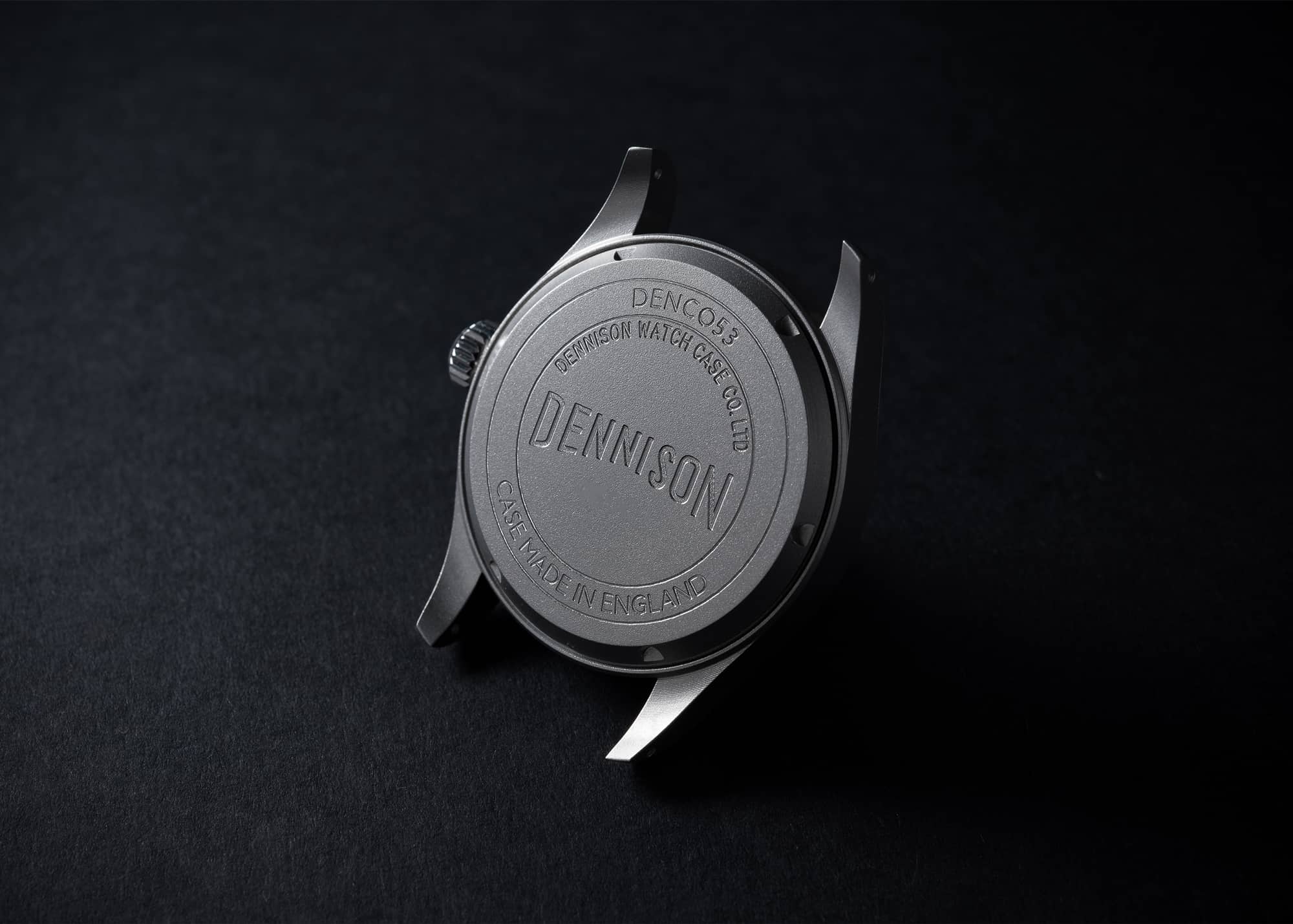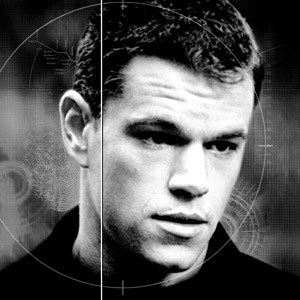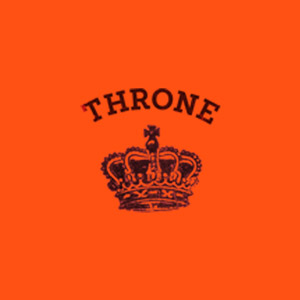Unless one has a penchant for gold-plated Lamborghinis and tiny dogs on jeweled leashes, one does not usually frequent London’s Knightsbridge. Sure, there are a few good places for watchies, but the £4 espressos and brooding Russian minders tend to take the gloss off a little.
But this is where you’ll find Dennison’s HQ and its boss, Toby Sutton, and his range of watches. Not tucked away in some seedy backstreet either (these things are relative–‘Knightsbridge seedy’ would mean an Aventador with a full ashtray), but right next to the full-on five star Mandarin Oriental Hyde Park.
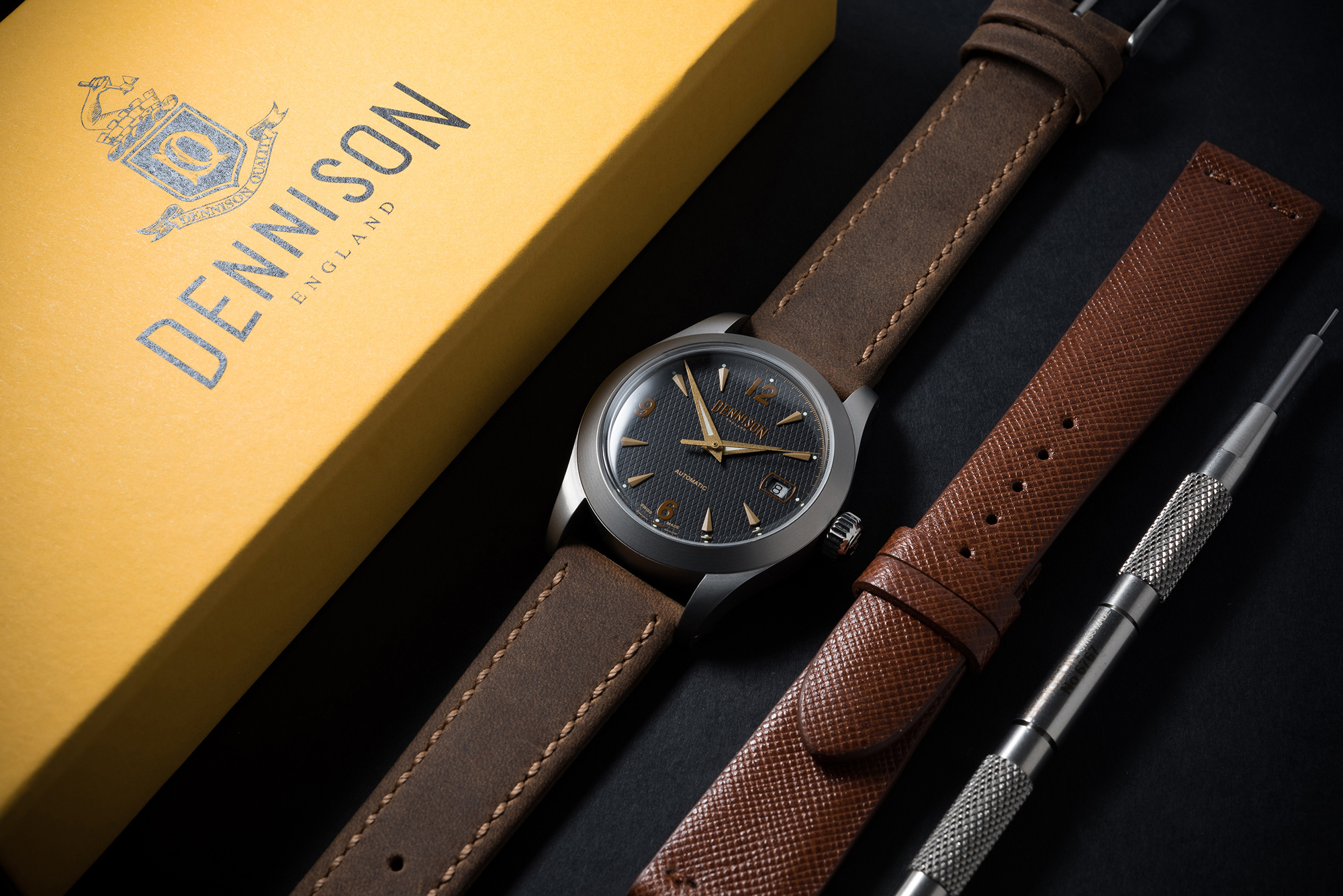 At this point, if you know your watch history, you’ll be scratching your head. For a start, Dennison was a casemaker, not a watchmaker, and never a London casemaker. Instead, they turned out 250,000 watch cases a year for Tudor, Longines, Rolex, IWC and other Swiss makers. And they were based 130 miles north of Knightsbridge in the Handsworth area of Birmingham.
At this point, if you know your watch history, you’ll be scratching your head. For a start, Dennison was a casemaker, not a watchmaker, and never a London casemaker. Instead, they turned out 250,000 watch cases a year for Tudor, Longines, Rolex, IWC and other Swiss makers. And they were based 130 miles north of Knightsbridge in the Handsworth area of Birmingham.
And it’s not just the miles that separate the two places. If Knightsbridge is gold-plated Lambos and gilt-collared chihuahuas, Handsworth is blinged up, slammed BMWs and pit bulls on chains.
So what’s happened to bring Dennison to Knightsbridge?
Ask ex-City trader and Watches of Knightsbridge Director Toby Sutton. Not exactly your typical trader, Toby has been into watches since he was a boy. And into the Dennison Watch Case Company for almost as long. In fact, he’s the closest thing to a walking encyclopedia on the subject, and his enthusiasm for the firm is infectious.









 Featured Videos
Featured Videos




